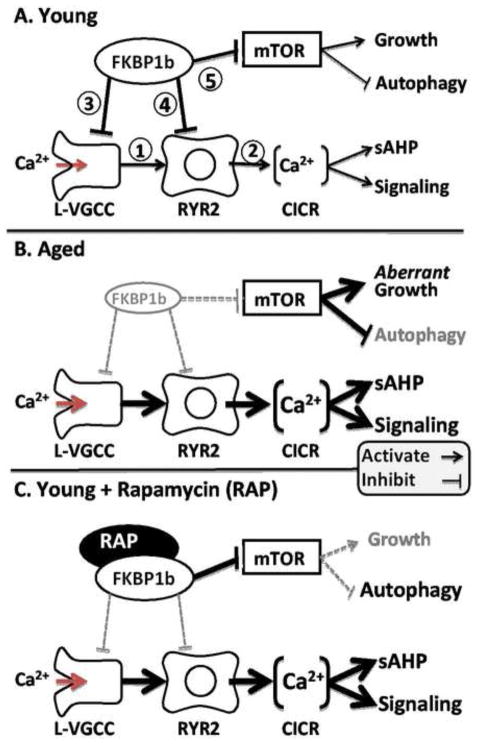Figure 7. Working model of FKBP1b’s role in aging-related Ca2+ dyshomeostasis.
A: In young subjects, neuronal FKBP1b exerts strong tonic inhibitory effects on two pathways, the Ca2+ regulatory pathway and the mTOR signaling pathway. In the Ca2+ regulatory pathway, FKBP1b inhibits cytosolic Ca2+ rises generated by extracellular influx via L-VGCCs (1) and intracellular release from RYRs (2), by inhibiting both channel types directly (3 & 4). In the mTOR pathway, FKBP inhibition of mTOR (5) helps maintain the balance between growth-stimulating and autophagy-suppressing effects of mTOR. B: With aging (mimicked by FKBP1b knockdown), a decline of FKBP1b expression/function leads to weakened inhibition of both pathways, and concomitant increases in both Ca2+ and mTOR signaling. Increased Ca2+ signaling results in dampened neuronal excitability and function, whereas mTOR disinhibition leads to aberrant increases in growth signaling as well as decreased autophagy. C: Rapamycin in young subjects exerts opposite effects on FKBP inhibition in the two pathways, mimicking aging’s effect of weakened FKBP inhibition in the Ca2+ pathway (B), but paradoxically augmenting FKBP inhibition of the mTOR pathway (C). (From Gant et al. 2011)

